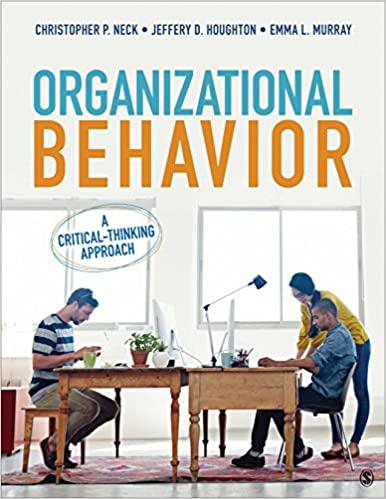Kempinski Hotels, headquartered in Switzerland, is Europes oldest luxury hotel group, specializing in five-star properties that include
Question:
Kempinski Hotels, headquartered in Switzerland, is Europe’s oldest luxury hotel group, specializing in five-star properties that include the Emirates Palace in Abu Dhabi, the Hotel Taschenbergpalais Kempinski in Dresden, and the Çiragan Palace Kempinski in Istanbul. Founded in 1897, the Kempinski brand has an intriguing story to tell. “Our employees have been a part of creating history around the world,” the website reads. “From historic buildings to the most avant-garde of modern architecture, our properties are the setting for some of life’s greatest moments. We’ve witnessed historic meetings between world leaders, celebrities taking sanctuary in the world of calm we create for them, and created incredible memories for guests on a ‘once-in-a-lifetime’ journey.”
In 2008, Kempinski was ready for a journey of its own: its portfolio of hotels was set to double by 2015, and its workforce was expected to grow from 7,500 to 37,500. How could Kempinski expand so dramatically without losing the soul that made it so unique?
Mia Norcao, vice president of corporate communication, realized that it was time to do some serious company soul-searching. Did employees understand the Kempinski brand? Were they armed with the knowledge and loyalty they needed to be true ambassadors to guests and to the world?
Norcao was part of a team that devised and implemented an elaborate plan to give every Kempinski employee a solid, intuitive understanding of what Kempinski was all about. The challenges were monumental. First and foremost, what was Kempinski all about? Despite its long, rich history, corporate values had never been consistently articulated—not in the Geneva -based boardroom, and certainly not at the front desk of any of its hundreds of hotels. Once those values had been identified, how could Norcao and her team communicate them to employees throughout the organization, given their widely varying levels of responsibility and education and the dozens of different languages they spoke?
Norcao knew she needed resources and buy-in from every level of the organization, starting with the top. “This last task was especially crucial—top management [the management board and regional presidents] had to commit their time and assign company resources to this program if we were to be successful with senior management on a group wide basis. They had to understand the link between delivering a consistent brand promise and guest experience, and actively managing our corporate culture,” Norcao said. Explaining the benefits in dollars and sense was important. “We were able to demonstrate in business terms that when employee engagement is higher than 60 percent, total shareholder return can almost double, and conversely that if engagement drops below 25 percent, total shareholder return can be negatively impacted.” Norcao’s team showed that the organization already had 29 percent engagement—compared to the industry standard of 21— a solid start but with much room for improvement.
Once the top brass was on board, Norcao and her team conducted intensive interviews across the organization.
Listening to the staff who lived the Kempinski experience every day helped shape what would eventually become five core values: “Being people oriented, being straightforward, encouraging entrepreneurial performance amongst staff, having the freedom to create traditions and being passionate about European luxury.” The DNA of Kempinski’s corporate culture had been identified. Now came the hard part: implementation.
How to reach every member of the organization in a meaningful way? How to make an impression on the concierge in Cairo and the maid in Munich? Clearly, an all-saturating, trickle-down approach was needed. But what was the model? “Our aim throughout was to create a corporate culture, which would empower staff to know instinctively what would be an appropriate way at Kempinski to solve a challenge, work with colleagues or serve our guests—not to limit them with strict rules,” said Norcao.
Questions 1. Why did Norcao think that employee engagement was important? Can you explain the importance of perception in this case?
2. Describe how Kempinski used social cognitive theory to establish their corporate culture and core values.
3. What reinforcement activities were chosen to support the growth plan at Kempinski Hotels?
Step by Step Answer:

Organizational Behavior A Critical Thinking Approach
ISBN: 9781506314402
1st Edition
Authors: Christopher P. Neck, Jeffery D. Houghton, Emma L. Murray





